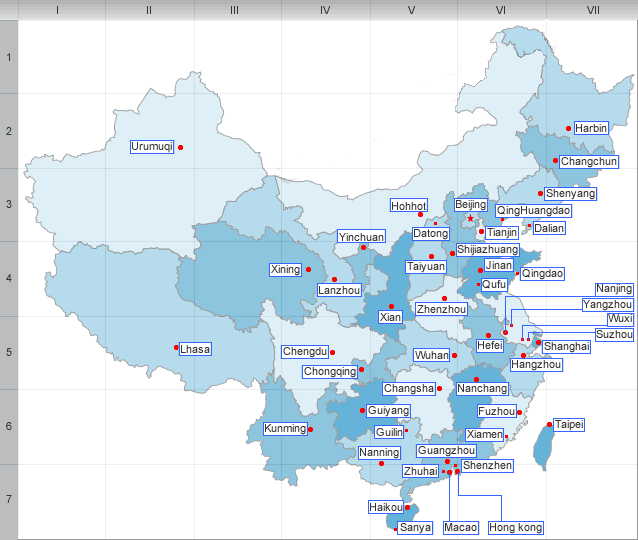History and culture of Henan
History
Northern Henan, along the Yellow River, was the core area of ancient China for at least the first half of Chinese history. The two cities of Luoyang and Kaifeng each served as the capital city of a long list of dynasties.
The Ming Dynasty set up the equivalent of modern Henan province, with borders extremely similar to modern ones. The capital was, however, at Kaifeng instead of modern Zhengzhou. The Qing Dynasty did not make any significant changes to this arrangement.
The completion of the Pinghan Railway (Beijing-Hankou) made Zhengzhou, a previously unnoted county town, into a major transportation hub. In 1954, the new People’s Republic of China government moved the capital of Henan from Kaifeng to Zhengzhou. The PRC also established a short-lived Pingyuan Province consisting of what is now northern Henan and western Shandong, with capital Xinxiang. This province was abolished in 1952.
Culture
Most of Henan speaks dialects of the Mandarin group of dialects spoken in northern and southwestern China. Linguists put these dialects into the category of "Zhongyuan Mandarin". The northwestern corner of Henan is an exception, where people speak Jin dialects instead. The dialects of Henan are collectively called "the Henan dialect" in popular usage, with easily identifiable stereotypical features.
Henan opera (Yuju) is the local form of Chinese opera; it is also famous and popular across the rest of China. Henan Quju and Henan Yuediao are also important local opera forms.
Henan cuisine is the local cuisine, with traditions such as the Luoyang Shuixi (Luoyang "Water Table", consisting entirely of various soups, etc.); Xinyang Duncai (Xinyang brewed vegetables), and the traditional cuisine of Kaifeng.
Important traditional art and craft products include: Junci, a type of porcelain originating in Yuzhou noted for its unpredictable colour patterns; the jade carvings of Zhenping; and Luoyang’s Tangsancai ("Tang Three Colours"), which are earthenware figurines made in the traditional style of the Tang Dynasty.
| PREV:Economy,Ethnic group,culture and Tourism | Next:Geography and climate of Henan |



